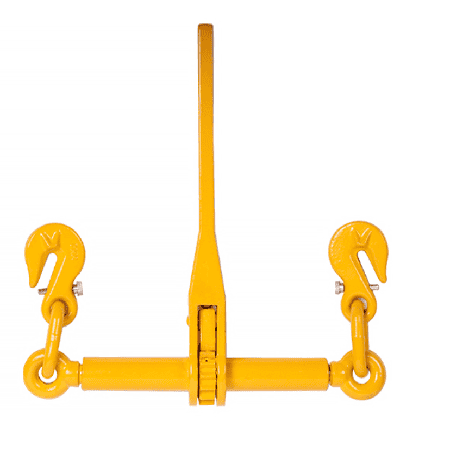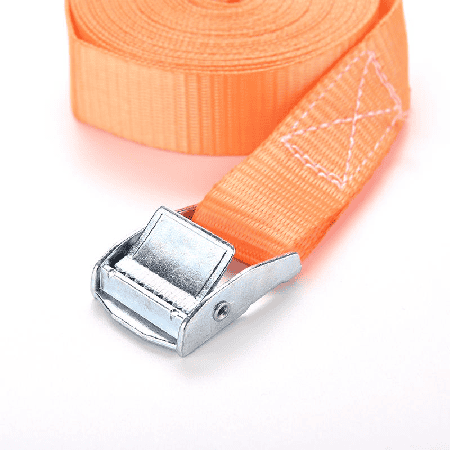The Ultimate Guide to Snow Chains: Ensuring Safe Winter Driving
With the arrival of winter, especially in snowy and icy conditions, vehicle traction on the road significantly decreases. Snow chains have become an essential tool for ensuring driving safety during these times. This article provides a comprehensive guide on snow chains, including their types, selection, installation, and usage tips, to help you navigate various winter road conditions with confidence.
What Are Snow Chains?
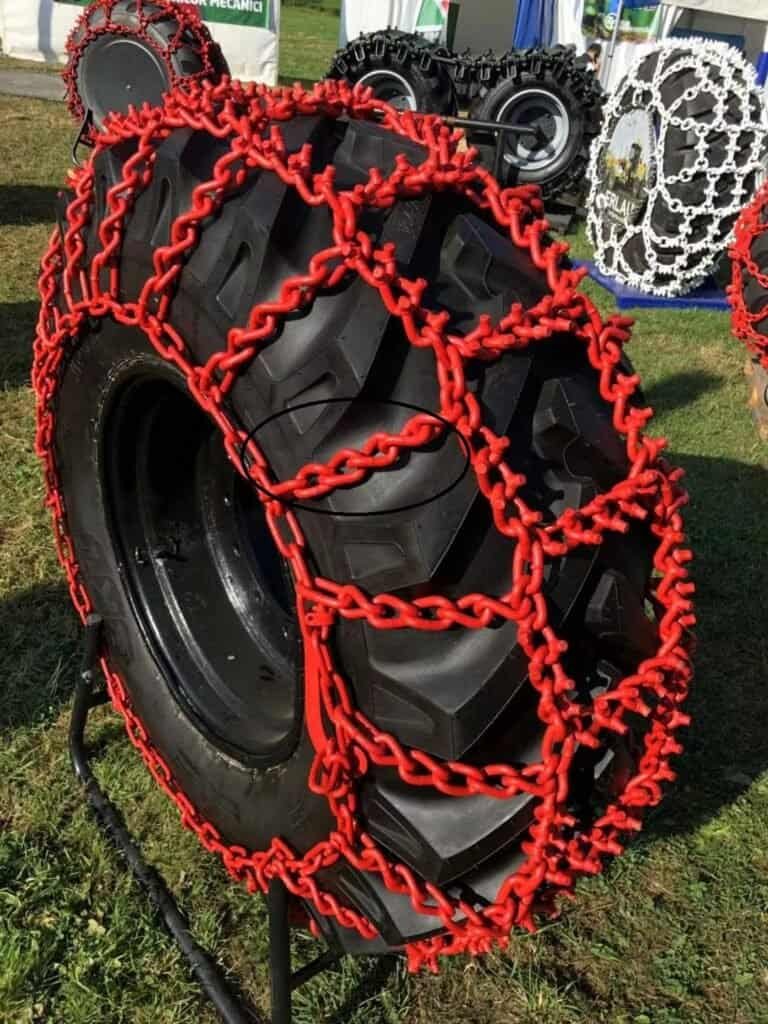
Snow chains are devices installed on the exterior of car tires. They enhance the friction between the tires and the road surface, preventing vehicles from slipping on snow or ice. Whether you drive a sedan, SUV, or truck, snow chains can significantly improve driving stability in harsh weather.
Types of Snow Chains
Steel Chains
- Advantages: Highly durable and offers excellent traction.
- Disadvantages: It may damage tires and roads; installation can be complicated.
The sizes and shapes can be customized.
How to Choose the Right Snow Chains?
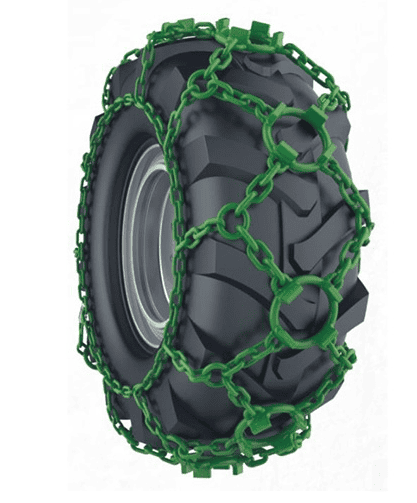
When selecting snow chains, consider the following factors:
- Tire Size: Ensure the chains match your tire specifications perfectly.
- Vehicle Type: Different vehicles require different models of snow chains; for example, SUVs need stronger traction.
- Road Conditions: Choose the appropriate material and structure based on whether you’ll encounter snow, ice, or mixed conditions.
- Budget and Brand: Opt for reputable brands with good reviews to ensure quality and reliability.
Installation and Use of Snow Chains
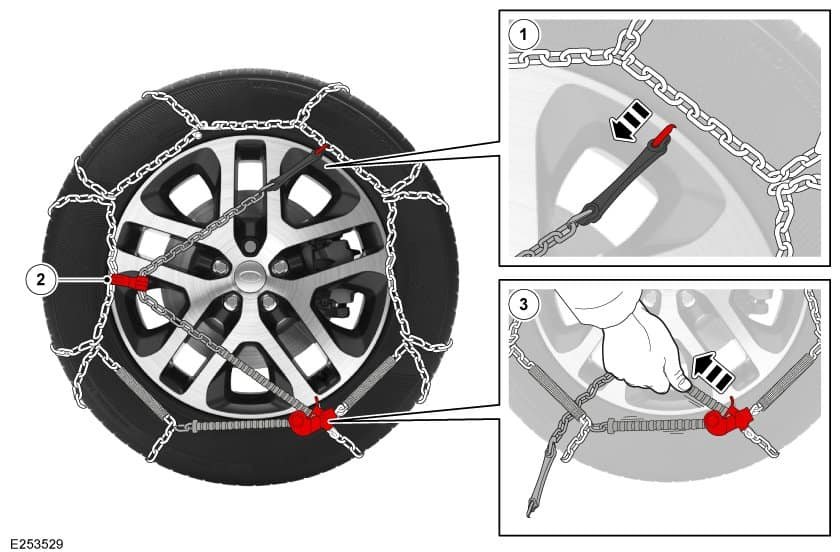
Proper installation and use are key to ensuring the effectiveness of snow chains. Here are the steps and tips:
- Installation Steps
- Park on a flat, safe surface and engage the handbrake.
- Follow the instruction manual to fit the chains around the tires.
- Ensure the chains are evenly distributed and securely fastened to the tire surface.
- Drive a few meters slowly and check if the chains are firmly in place.
- Usage Tips
- Avoid sudden acceleration or braking.
- Keep your speed under 50 km/h.
- Remove the chains immediately when driving on dry roads to prevent damage.
Maintenance and Storage
To extend the lifespan of snow chains, clean and store them properly after use.
- Cleaning: Rinse off dirt and salt with water to prevent rust or aging.
- Storage: Dry the chains thoroughly and store them in a cool, ventilated area away from direct sunlight.
Frequently Asked Questions
- Can snow chains be used in all weather conditions?
Snow chains are mainly designed for snow or icy roads and are not recommended for use on dry or regular surfaces.
- Will snow chains damage tires?
Proper installation and use will not damage tires. However, incorrect installation or prolonged use on dry roads may cause tire wear.
- Can I install snow chains on just two tires?
For front-wheel or rear-wheel drive vehicles, install chains on the drive wheels. For all-wheel-drive vehicles, it’s recommended to install chains on all four tires for better stability.
Conclusion
Snow chains are an indispensable tool for safe winter driving. Choosing the right snow chains and using them correctly can significantly enhance tire traction and driving safety.

